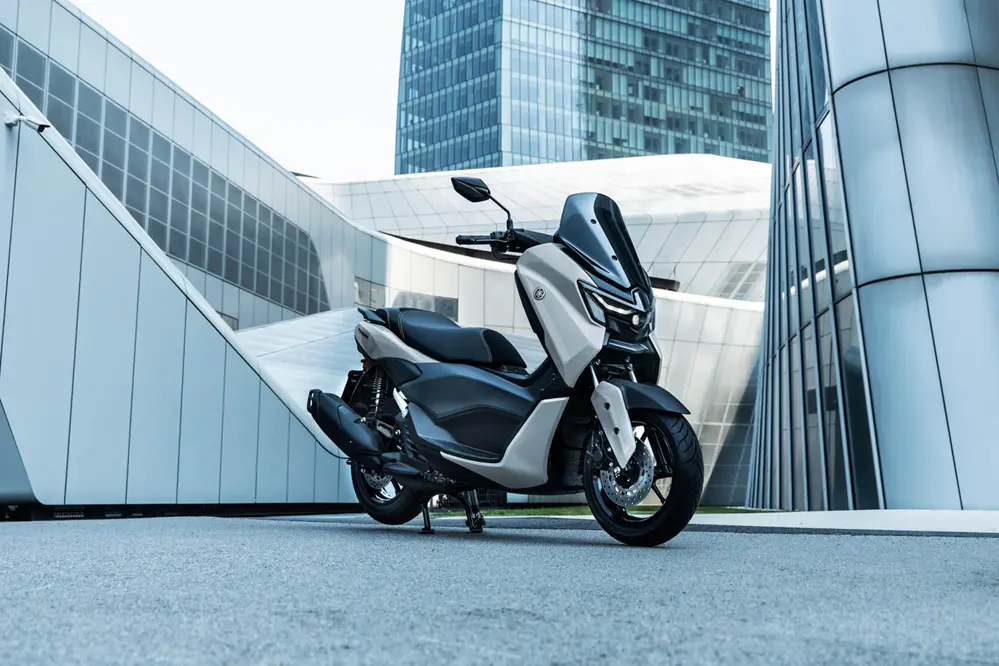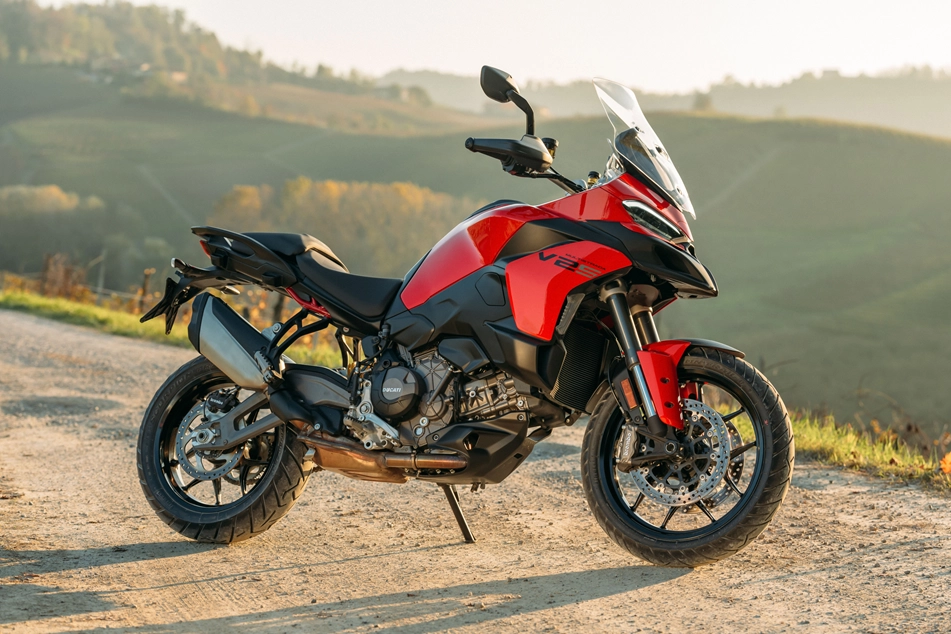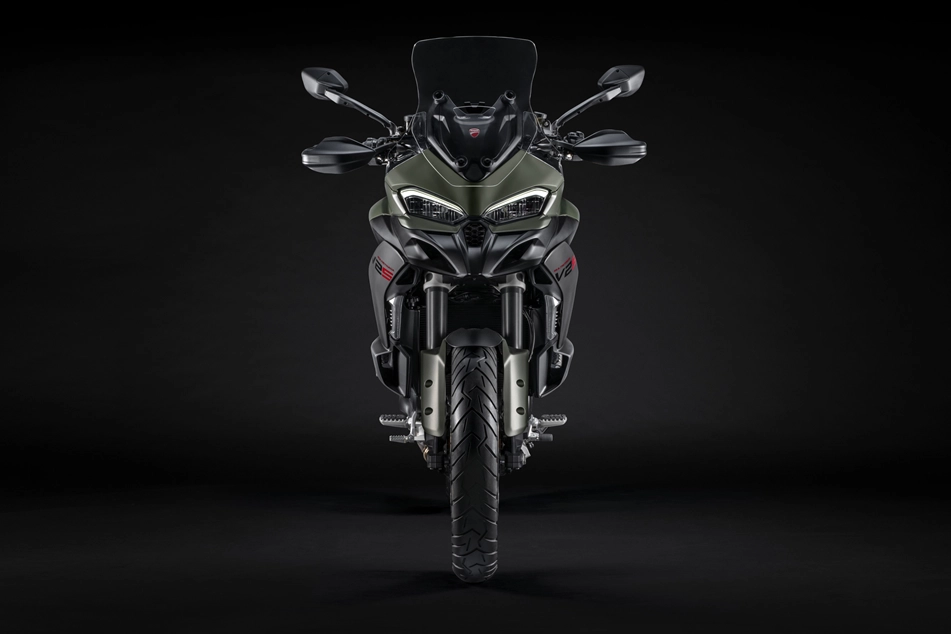It looks like the 400cc to under 500cc sportbike segment is heating up. There is currently only main player in the category, namely Kawasaki with their Ninja ZX-4RR and it will soon have company in the form of Chinese sportbikes. The latest will be the Kove RR500.
But wait, who is Kove? Kove is the high-end brand of Loncin. Loncin has been making engines for the BMW C- and F-series of motorcycles since 2005.
Kove had been aggressive in pursuing the off-road segment with entries in the Dakar Rally. Their investment has been successful so far, as all the three Kove bikes entered in the rally last year finished the race. Hence Kove became the first Chinese manufacturer to have all their bikes complete the rally on their first attempt. Mind you, the 2023 Dakar Rally was considered the toughest ever. Kove has since built dealerships throughout Europe.

Back to the Kove RR500, Voge revealed their four-cylinder RR660S in September, but apparently, the have another smaller 475cc inline-four engine which has just been approved for production. The bike, codenamed LX500GS-2 according to the type-approval document, will be marketed as the RR500. Engine power was revealed to be 76hp, matching the Kawasaki ZX-4RR’s. Claimed top speed is 220km/h.
Other details include a wet weight of 192kg fully fueled. The frame is steel with an aluminium swingarm. The forks have Voge branding. As for the front brakes, the two pictures show two different brake calipers: The orange bike wears four-piston Nissin calipers, while the yellow/blue bike has those that look like the Sumitomo calipers on the Yamaha R1.
The Kove brand is not in Malaysia at the moment possibly due to their off-road heavy lineup, but who knows what the future brings.












































